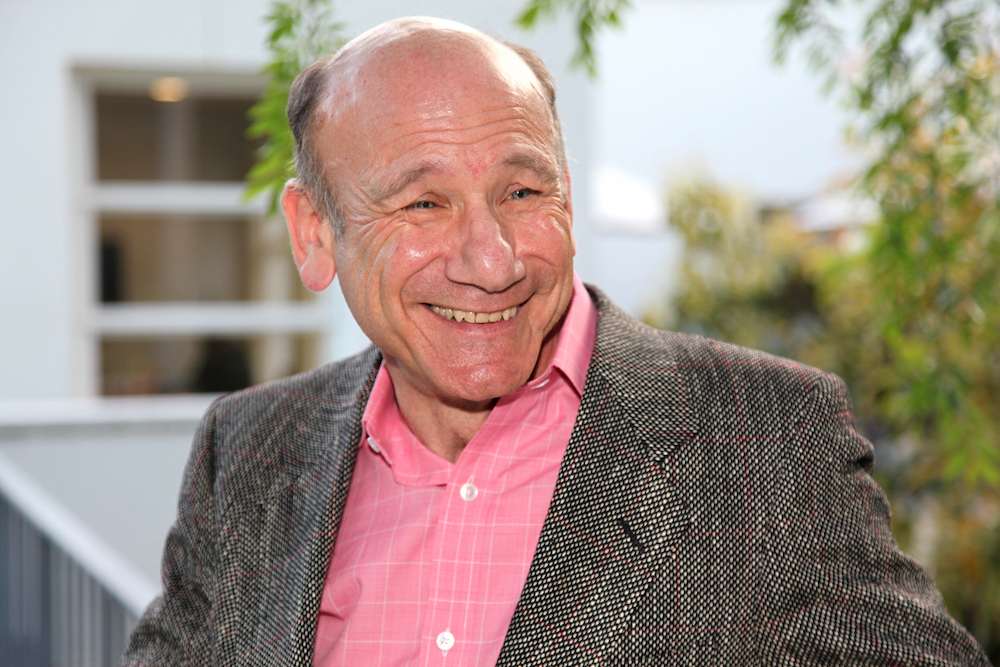
Marty Kaplan is the Norman Lear Professor of Entertainment, Media and Society and the director of the Norman Lear Center at the USC Annenberg School for Communication and Journalism. He also writes a column for the Jewish Journal of Los Angeles. Before moderating a discussion of the role cartoons play in politics and war, he talked about columnist anxiety, feeling like he had the same mother as Normal Lear, and why a cookbook would be his weapon of choice in a zombie apocalypse.
What weapon would you choose in a zombie apocalypse?
A cookbook. Because I want zombies to fear that I will cook them. There’s that horror movie, where the aliens bring a book called To Serve Man, and everyone thinks they’re friendly. At the end, someone translates and finds out, it’s a cookbook! Scaring them into thinking we’re going to eat them is fair play.
You’ve worked in politics, entertainment, journalism, and academia. What’s the thread running through all these fields?
They’re all dependent on audiences—on the opinions and purchasing and power of viewers and consumers. So if you have something and no one wants to hear it or vote for it or buy it or see it, then you’re not in the business that you think you are.
What’s your favorite pizza topping?
You know, what I want to say, which is not true, is ham and pineapple. But in fact it’s a margherita—just the simplest possible tomatoes and herbs and just a little cheese. I love white pizza too, come to think of it.
How do you pass the time when you’re stuck in traffic?
I have so many radio buttons that I can deploy. So within satellite radio there must be a couple dozen stations that I’m happy to sample and see what’s going on. And if I’m really desperate, I will do work on hands-free cellular.
What’s the last great book you read?
I just read a book called On Looking by Alexandra Horowitz, and its point is that we go through life sleepwalking, and if we only paid attention, we would realize how rich the world is. So she takes a dozen walks around her block, one with her 4-year-old son, one with someone who understands wildlife and insects, another with a student of typography to at the fonts of signs, and on and on. By the end, the world around you is just brimming with opportunities for wonder.
How did you get into trouble as a kid?
Doing what my older brother told me to.
What’s the toughest part about writing a regular column?
Worrying about it all week. What will I write about, and if I get too far in that decision, something will happen in the news that just blows away anything that I’ve done before. It’s the anxiety before actually getting to it.
What’s the ugliest piece of furniture you own?
A 6-foot-tall plastic potted Ficus.
What’s your favorite cliché?
Sincerely yours.
What do you and Norman Lear have in common?
Oh, we both have the same mother. When I read his autobiography and saw the sado-narcissism that characterizes his mother, I was instantly reliving my childhood. And then I learned that Leonard Nimoy, when he read the book, also had the same reaction—that he had the same mother. I have a hunch that there are a few more out there.



